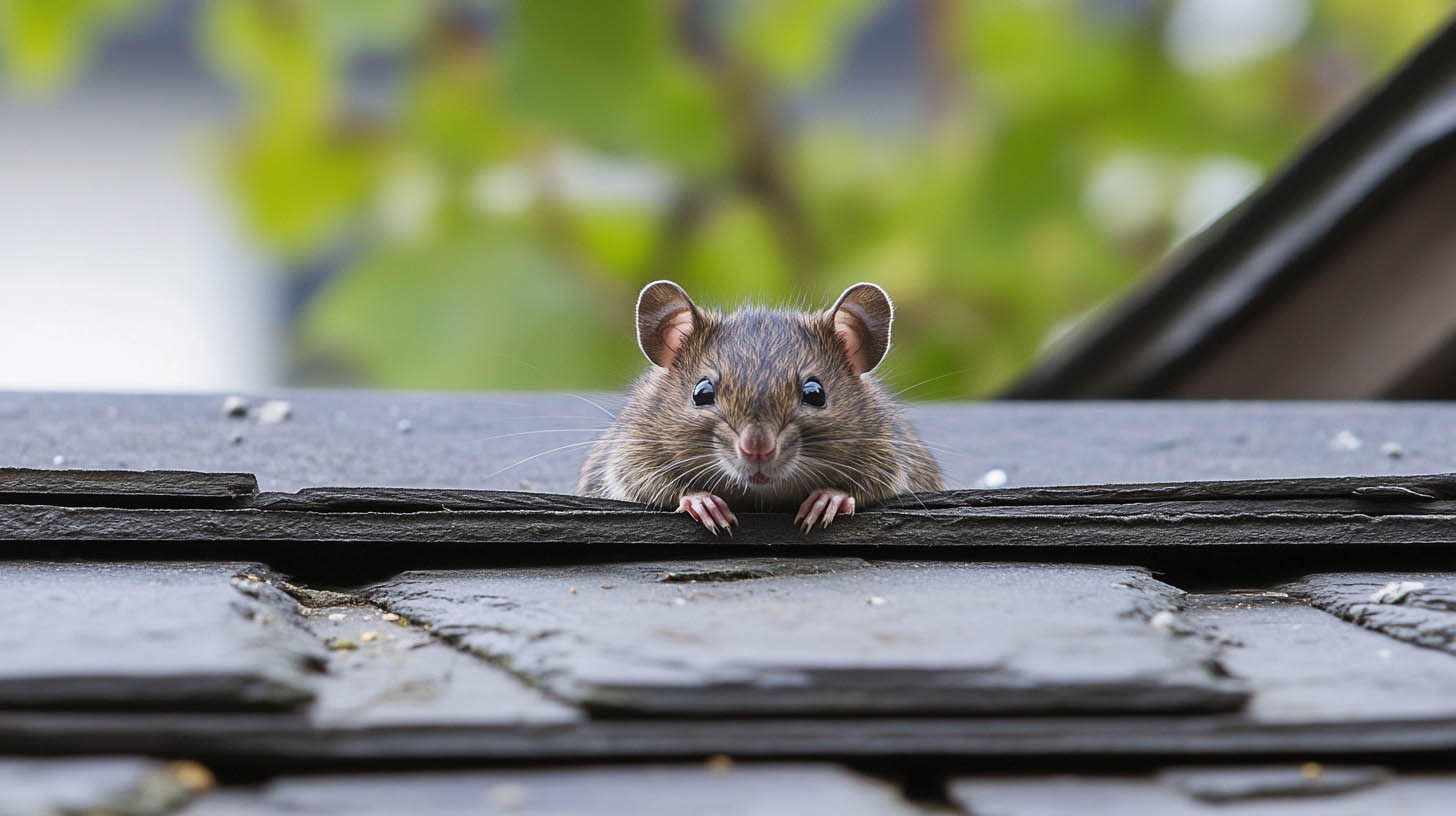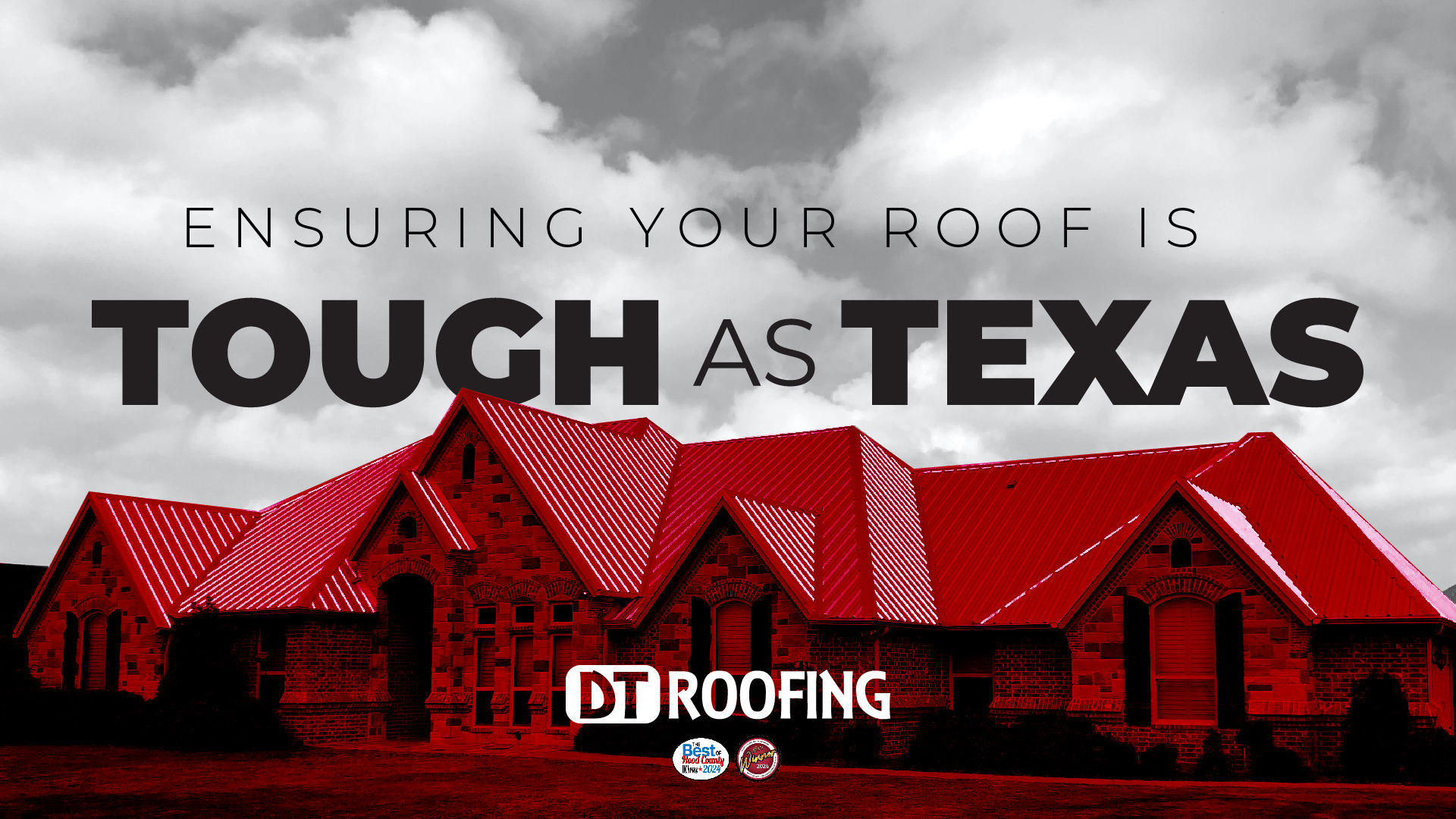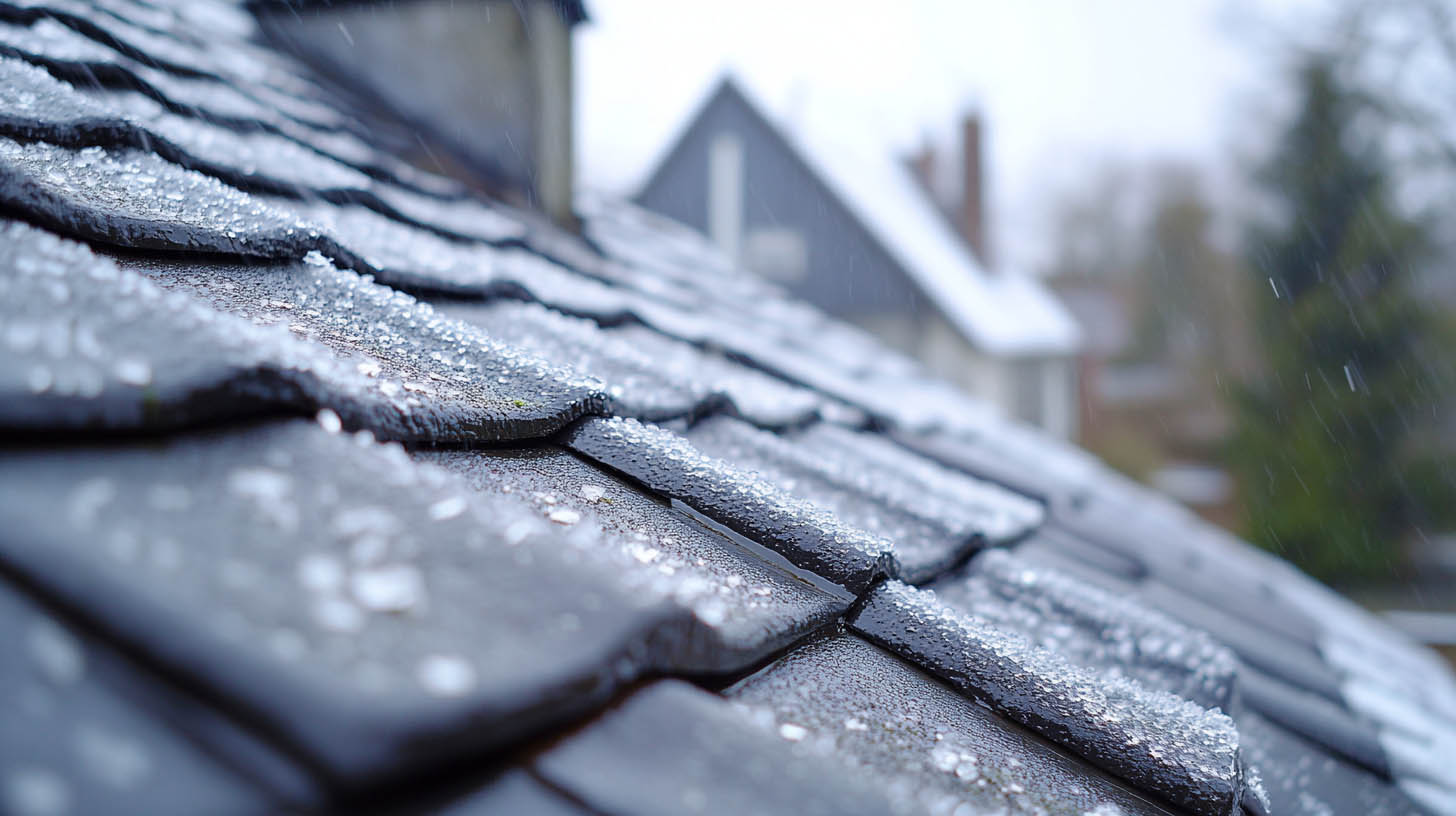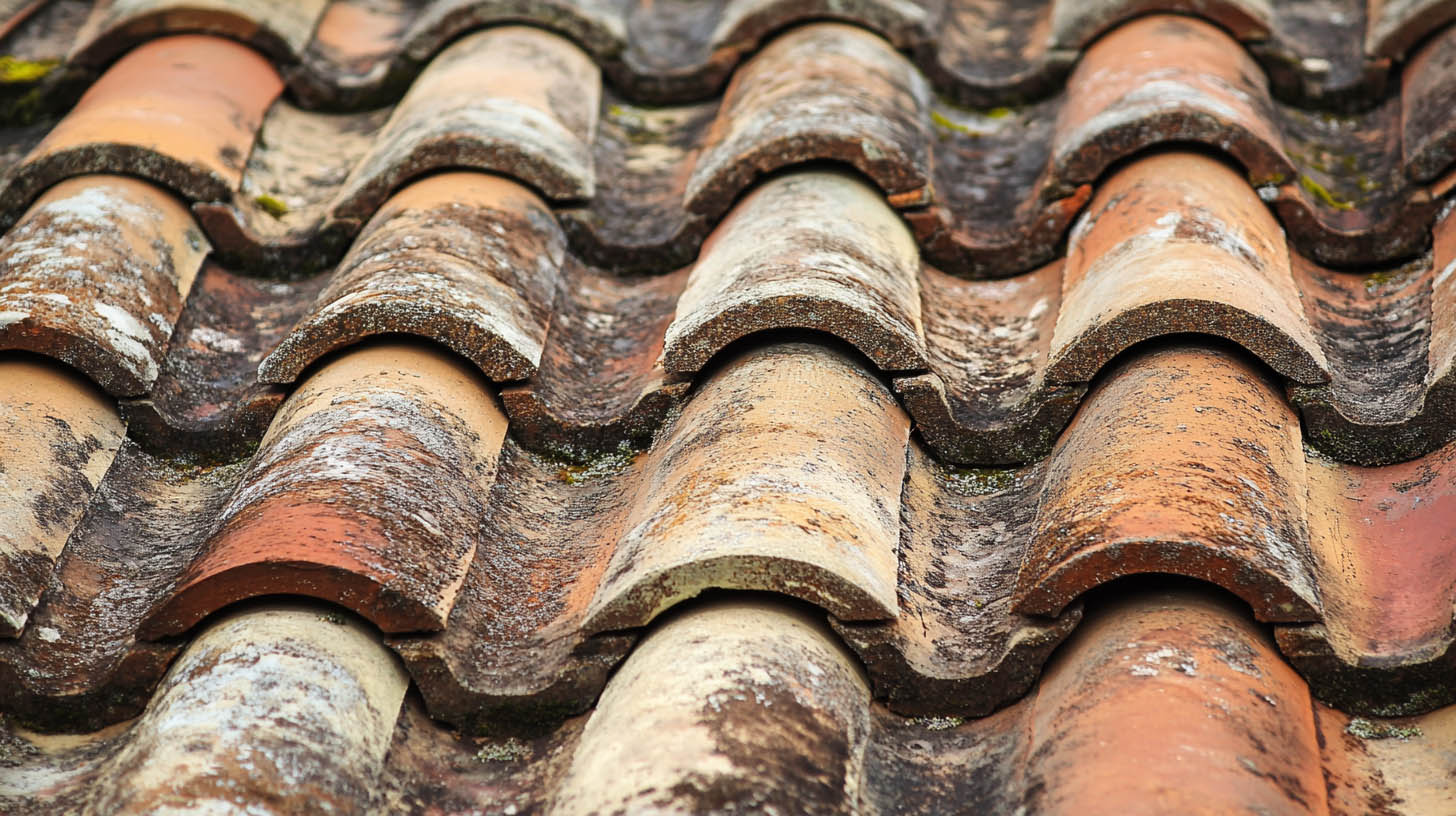
Roof Rats: What They Are and How to Handle Them
They’re sneaky, persistent, and surprisingly destructive—roof rats may be small in size, but the damage they cause can be massive. These nocturnal invaders often go unnoticed until significant harm has already been done to your roofing system, insulation, and even your home’s wiring. Understanding what roof rats are, how they enter your home, and how to remove and prevent them is crucial for protecting your investment.
In Weatherford, TX, fluctuating temperatures and abundant tree cover make homes particularly vulnerable to rodent infestations. At DT Roofing, we’ve seen firsthand how unchecked roof rat problems can escalate quickly. From gnawed roofing materials to contaminated insulation, the costs are more than just financial—they affect your home’s safety and hygiene.
What Are Roof Rats?
Roof rats (Rattus rattus), also known as black rats, are agile climbers that often make their way into homes through overhanging branches, utility lines, or gaps in your roofline. Unlike Norway rats, which burrow underground, roof rats prefer high places and are typically found in attics, wall voids, and ceiling cavities.
These rodents are usually smaller than their ground-dwelling cousins, with long tails, large ears, and slender bodies. They are mostly active at night, and they multiply rapidly—making early detection and intervention essential.
Signs of Roof Rat Infestation
The first step in handling roof rats is recognizing the signs of an infestation:
- Scratching sounds in the attic or walls, especially at night
- Droppings (typically ½ inch long and pointed at the ends)
- Gnaw marks on wood, wires, or roof sheathing
- Grease trails along rafters or walls from their oily fur
- Unpleasant odors from urine or nesting materials
- Torn insulation or shredded ductwork
Spotting even one or two of these signs should trigger a full inspection of your attic and roof system.
How Do Roof Rats Enter Your Home?
Roof rats are expert climbers and can gain access through the smallest openings—often no larger than a quarter. Common entry points include:
- Gaps under roof eaves
- Vents without proper screens
- Cracked flashing or missing shingles
- Chimney openings without a cap
- Trees and vines in contact with the roofline
Once inside, they nest in warm, dark spaces and chew through just about anything, including wires (posing fire hazards), insulation, and wooden framing.
The Damage They Cause
Beyond the health risks posed by urine, feces, and fleas, roof rats wreak havoc on your roof’s structure. They can tunnel through insulation, reducing your home’s energy efficiency. Their constant gnawing weakens rafters, support beams, and even drywall. In extreme cases, infestations lead to significant roof deterioration, requiring full section replacements.
Rodents can also expose your home to water damage by displacing roofing materials and chewing through waterproof barriers. Once moisture enters the attic, the risk of mold and rot multiplies.
Removing Roof Rats
Professional pest control is the safest and most effective way to eliminate roof rats. Trapping and baiting must be done with care to avoid harming pets or non-target animals. It’s also essential to locate and seal every entry point to prevent reinfestation.
Some homeowners attempt DIY solutions, but without fully addressing access points and nesting areas, roof rats often return quickly. A pest control expert will evaluate the full scope of the infestation, treat the issue, and recommend long-term exclusion methods.
Preventing Future Infestations
Prevention is just as important as removal. Here’s how to protect your home from roof rats going forward:
- Trim overhanging tree limbs at least 3–4 feet from the roof
- Install metal mesh over attic vents and chimney openings
- Seal gaps and cracks in the roofline, soffits, and eaves
- Keep gutters clean to avoid providing shelter or entry paths
- Store food securely and eliminate bird seed or pet food left outside
In addition to addressing rodent entry points, ensuring your roof is in top condition is key. That means regular inspections, replacing damaged shingles, and working with roofing professionals who understand how to safeguard your structure from pests and weather alike.
Roofing systems from trusted names like Owens Corning, TEK, and F-Wave are built with performance and durability in mind. These brands offer enhanced protection not only against the elements—but against intrusions from pests as well.
Read also our blog: What Causes Chimney Leaks and How to Fix Them










